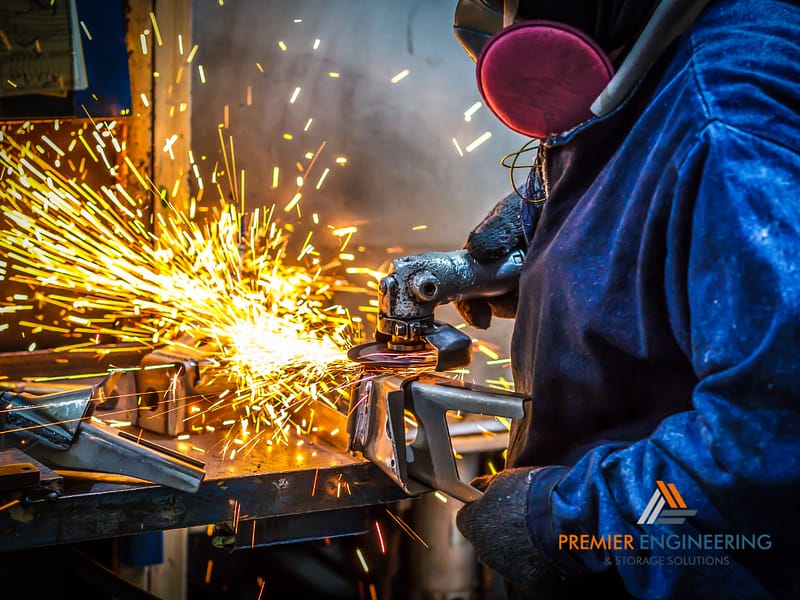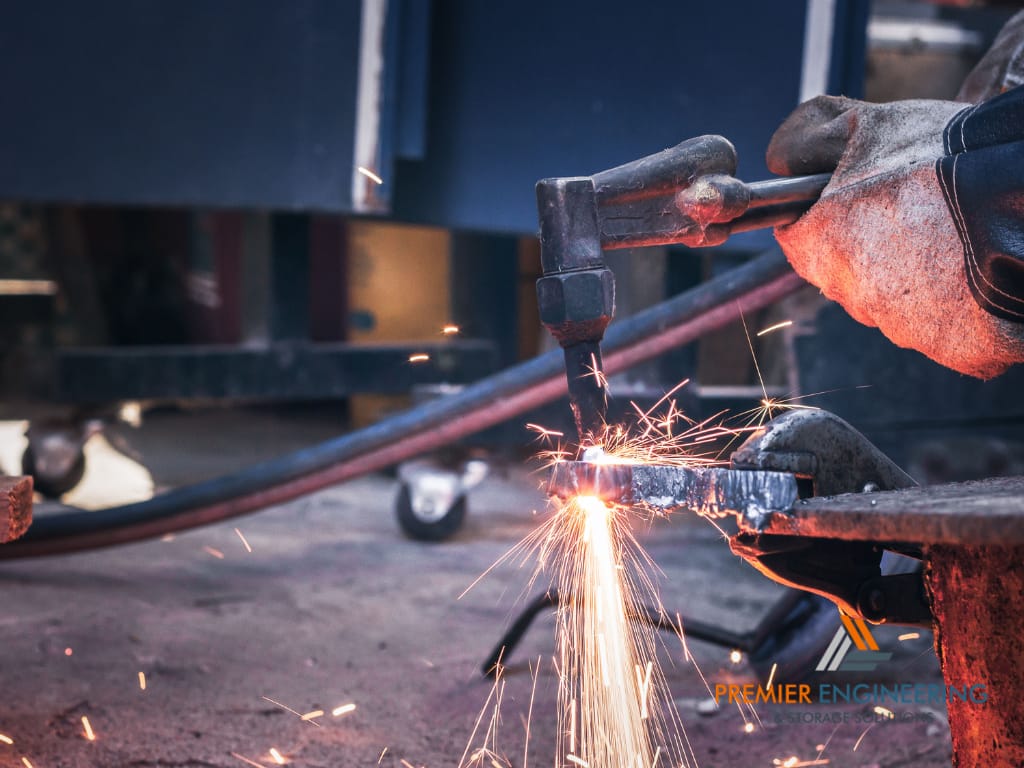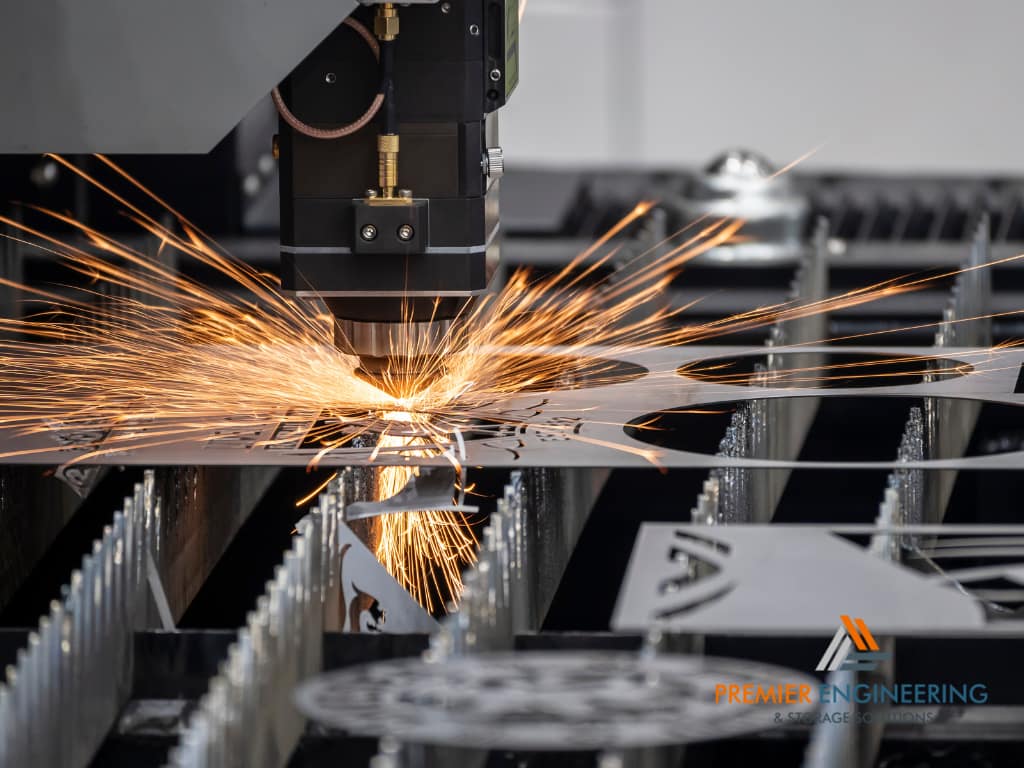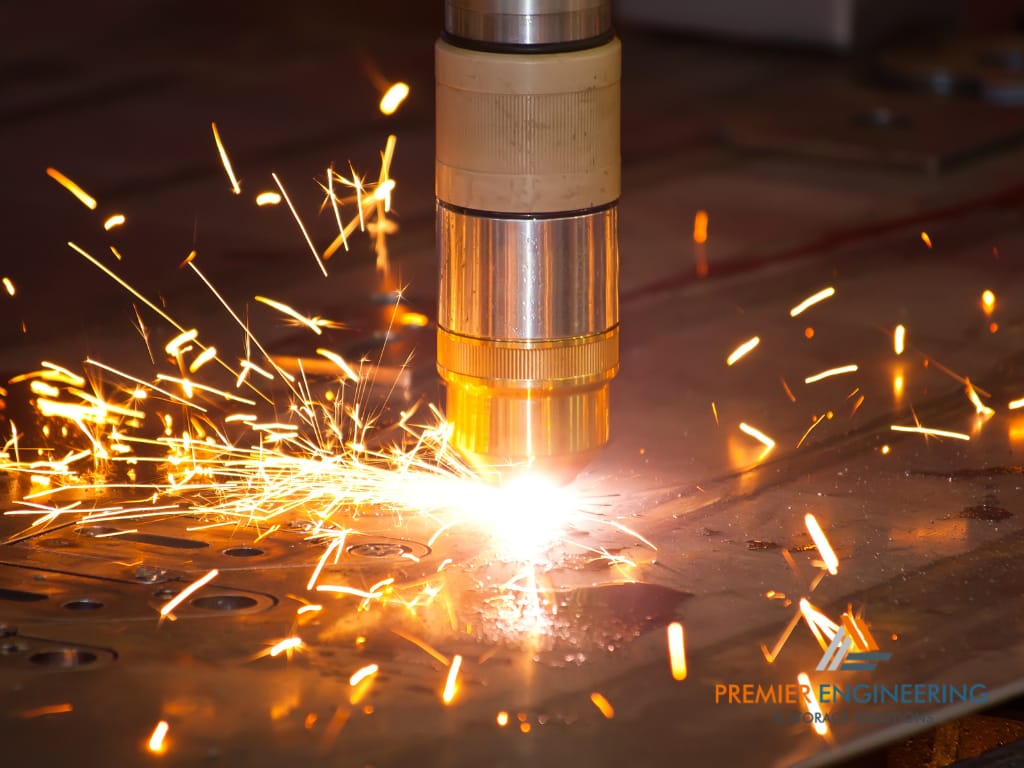Precision is a crucial element in steel metal cutting, as it directly affects the overall quality and functionality of the final product. In metal fabrication, achieving high precision ensures that each component fits perfectly with others, maintaining the structural integrity and aesthetic appeal of the finished item. Precise cuts reduce material wastage, lower production costs, and enhance the efficiency of the fabrication process. By maintaining tight tolerances, manufacturers can produce parts that meet exact specifications, which is especially important in industries such as aerospace, automotive, and construction where accuracy is paramount.
Impact of Precision on Final Product Quality
The precision of steel metal cutting significantly influences the quality of the final product. Accurate cuts ensure that edges are clean and smooth, which is essential for the proper assembly of parts and components. Precision in cutting also minimizes the need for additional finishing processes, such as grinding or sanding, thereby saving time and labor costs. Moreover, precise cuts help in maintaining the mechanical properties of the material, preventing weaknesses or defects that could compromise the product’s durability and performance. High-quality, precisely cut steel components contribute to the overall reliability and longevity of the finished product, meeting the stringent standards required in professional applicatiopns.
Tools and Techniques for Accurate Steel Metal Cutting
Overview of Essential Cutting Tools
Achieving precision in steel metal cutting requires the use of high-quality cutting tools that are specifically designed for the material and type of cut required. Essential tools include:
- Saw Blades: Suitable for making straight cuts, available in various types such as band saws and circular saws.
- Shears: Ideal for cutting sheet metal, offering clean, straight cuts with minimal material deformation.
- Laser Cutters: Provide high precision and can cut complex shapes with fine detail, suitable for both thin and thick materials.
- Plasma Cutters: Effective for cutting thicker steel plates with high speed and accuracy.
- Waterjet Cutters: Use high-pressure water mixed with abrasive materials to cut through steel with precision, without generating heat.
Advanced Techniques for Precision Cutting
Advanced techniques are employed to enhance the precision of steel metal cutting:
- Laser Cutting: Utilizes a focused laser beam to melt, burn, or vaporize material, achieving extremely precise cuts with tight tolerances.
- CNC Cutting Services: Computer Numerical Control (CNC) machines automate the cutting process, following pre-programmed designs to ensure accuracy and repeatability.
- Waterjet Cutting: Uses a high-pressure stream of water mixed with abrasive particles to cut through steel, suitable for materials that are sensitive to heat.
- Plasma Cutting: Employs an electrically conductive gas to create a high-energy arc, cutting through thick steel plates with precision.
Benefits of CNC Cutting Services for Steel Metal Cutting
Advantages of Using CNC Machines
CNC cutting services provide several advantages over traditional cutting methods:
- High Precision: CNC machines can achieve extremely tight tolerances, ensuring consistent and accurate cuts.
- Repeatability: Once programmed, CNC machines can produce identical parts with the same precision, essential for large production runs.
- Efficiency: Automated CNC cutting reduces the time and labor required for manual cutting, increasing overall productivity.
- Versatility: CNC machines can handle a wide range of cutting tasks, from simple shapes to intricate designs, making them suitable for various applications.
How CNC Cutting Enhances Precision
CNC cutting services enhance precision through advanced automation and control:
- Computer Control: CNC machines are controlled by computer programs that dictate precise movements and cutting paths, minimizing human error.
- Real-Time Monitoring: CNC systems continuously monitor and adjust cutting parameters to maintain accuracy, compensating for any deviations.
- Advanced Software: CNC cutting utilizes sophisticated software that optimizes cutting paths and tool movements, ensuring efficient and precise cuts.
- High-Quality Components: CNC machines are built with high-quality components that provide stability and accuracy, essential for achieving precise cuts.
Preparing Your Material for Precision Cutting
Proper Material Selection and Preparation
Selecting and preparing the right material is crucial for achieving precision in steel metal cutting:
- Material Selection: Choose steel grades that match the specific requirements of the project, considering factors such as strength, ductility, and weldability.
- Surface Preparation: Clean the material surface to remove any contaminants, rust, or coatings that could affect the cutting process.
- Material Inspection: Inspect the steel for any defects or irregularities that could impact cutting accuracy, such as warping or inconsistencies in thickness.
Importance of Accurate Measurements
Accurate measurements are essential for precision cutting:
- Measuring Tools: Use high-quality measuring tools such as calipers, micrometers, and rulers to obtain precise measurements.
- Marking: Clearly mark cutting lines and reference points on the material, using accurate measuring tools and techniques.
- Verification: Double-check all measurements before cutting to ensure accuracy and prevent errors.
Setting Up Your Cutting Equipment for Precision
Calibrating Cutting Tools and Machines
Calibrating your cutting tools and machines is essential to ensure precise and accurate cuts. Begin by following the manufacturer’s guidelines for calibration and maintenance. Regular calibration ensures that the equipment operates within the specified tolerances, reducing the risk of errors. Use precision instruments to measure and adjust the settings of your tools and machines. For CNC cutting services, ensure that the software is correctly configured and that the machine’s axes are properly aligned. Regular calibration not only improves accuracy but also extends the lifespan of your equipment by preventing unnecessary wear and tear.
Ensuring Stability and Alignment
Stability and alignment are crucial for maintaining precision during the cutting process. Secure the material firmly on the cutting table to prevent any movement or vibration that could affect the cut quality. Use clamps or fixtures to hold the material in place. Ensure that the cutting machine is on a stable surface and that all components are properly aligned. Misalignment can lead to uneven cuts and increased material wastage. Regularly check and adjust the alignment of your cutting tools and machines to maintain consistency and accuracy in your cuts.
Best Practices During the Cutting Process
Techniques to Maintain Accuracy During Cutting
Maintaining accuracy during the cutting process involves using the right techniques and following best practices. Use consistent feed rates and cutting speeds to ensure smooth and precise cuts. For manual cutting, maintain a steady hand and follow the marked lines closely. In CNC cutting services, program the machine to follow the exact cutting path and parameters. Use coolant or lubrication to reduce friction and prevent overheating, which can affect the cut quality. Regularly inspect the cutting edges and replace or sharpen them as needed to maintain optimal performance.
Common Mistakes to Avoid
Avoiding common mistakes can significantly improve the precision of your steel metal cutting. One common mistake is using worn or dull cutting tools, which can lead to rough edges and inaccuracies. Ensure that your tools are always sharp and in good condition. Another mistake is not securing the material properly, which can cause it to shift during cutting. Always use appropriate clamps and fixtures. Additionally, improper calibration and alignment of cutting equipment can result in uneven cuts. Regularly check and adjust your equipment to avoid these issues. Finally, rushing the cutting process can compromise accuracy. Take your time and follow the correct procedures to achieve the best results.
Post-Cutting Quality Checks and Adjustments
Inspecting Cut Quality and Precision
After completing the cutting process, it’s important to inspect the quality and precision of the cuts. Use precision measuring tools such as calipers, micrometers, and gauges to check the dimensions and tolerances of the cut pieces. Look for signs of defects, such as burrs, rough edges, and misalignments. Inspect the surface finish to ensure it meets the required standards. For CNC cutting services, compare the finished product to the CAD design to verify accuracy. Thorough inspection helps identify any issues that need correction and ensures that the final product meets the desired specifications.
Making Necessary Adjustments and Finishing Touches
Based on the inspection results, make any necessary adjustments and finishing touches to improve the quality of the cut pieces. Remove burrs and sharp edges using deburring tools or sandpaper. Make fine adjustments to the dimensions if needed, using precision tools. For welded or assembled parts, ensure proper fit and alignment. Apply surface treatments or coatings to enhance the appearance and durability of the finished product. By addressing any imperfections and adding finishing touches, you can ensure that the final product is of the highest quality and ready for use or further processing.
Continuous Improvement in Precision Cutting
Staying Updated with Cutting Technology Advancements
Staying informed about advancements in cutting technology is essential for maintaining and improving precision in steel metal cutting. Follow industry publications, attend trade shows, and participate in professional networks to learn about new tools, techniques, and equipment. Consider adopting advanced technologies, such as automated CNC cutting services, laser cutting, and waterjet cutting, to enhance your capabilities. Regularly update your knowledge and skills through training and certification programs. By keeping up with technological advancements, you can stay competitive and continue to deliver high-quality, precise cuts.









